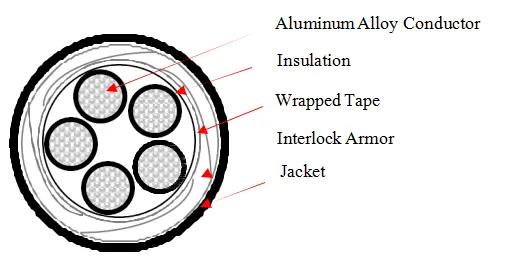Nov . 30, 2024 17:15 Back to list
Hot Water Check Valve Guide for Optimal Performance and Maintenance Tips
Understanding Hot Water Check Valves Importance, Function, and Maintenance
Hot water check valves, often referred to as one-way valves or non-return valves, are essential components in various plumbing and heating systems. Their primary purpose is to ensure the proper flow of hot water while preventing backflow, which can lead to a number of issues in residential and commercial applications. In this article, we will delve into the importance, function, and maintenance of hot water check valves.
What is a Hot Water Check Valve?
A hot water check valve is designed to allow water to flow in one direction only. It is typically installed in systems where the flow of hot water needs to be regulated and protected against backflow. This backflow can occur due to pressure fluctuations or a sudden drop in pressure, which can potentially contaminate water supplies or damage appliances. By ensuring that water flows in the correct direction, check valves play a crucial role in maintaining the efficiency and safety of plumbing systems.
Importance of Hot Water Check Valves
1. Prevention of Backflow One of the most critical functions of a check valve is to prevent backflow. In a hot water system, if backflow occurs, it can result in a mixture of contaminated and clean water. This is particularly concerning in systems connected to multiple water sources, where the risk of cross-contamination is high.
2. System Efficiency Check valves help maintain the pressure and efficiency of hot water systems. By preventing reverse flow, they ensure that the hot water generated by boilers or heaters reaches its destination without any loss of pressure.
3. Protection of Equipment Appliances such as water heaters, boilers, and pumps can be damaged by backflow. A check valve protects these systems from reverse water pressure that could lead to mechanical failures, extending the lifespan of expensive equipment.
4. Compliance with Regulations Many building codes and health standards mandate the use of check valves in certain plumbing systems to safeguard public health. Using these valves ensures compliance with such regulations, helping avoid potential fines or penalties.
How Hot Water Check Valves Work
hot water check valve

Hot water check valves consist of a valve body, a disc or ball, and a spring mechanism. When water flows in the correct direction, the disc or ball is pushed away from the seat by the force of the water, allowing it to pass through. If there is a drop in pressure or if water tries to flow backward, the disc or ball returns to its seat, sealing the valve and preventing backflow.
There are various types of check valves, including swing, lift, and diaphragm valves, each designed for specific applications and conditions. Selection of the appropriate type depends on the system's requirements, including pressure ratings and flow characteristics.
Maintenance of Hot Water Check Valves
To ensure that hot water check valves function effectively over time, regular maintenance is essential. Here are some key maintenance tips
1. Regular Inspections Periodically check the valves for any signs of wear or damage. Any visible deterioration could indicate a need for replacement.
2. Cleaning Sediment and mineral build-up can affect the valve's ability to operate correctly. Cleaning the valve periodically can prevent these issues. Make sure to turn off the water supply before performing any maintenance tasks.
3. Testing Conduct pressure tests to verify that the valve is closing properly and preventing backflow. If you notice any leaks or failures during testing, it's vital to replace the valve promptly.
4. Professional Evaluation If you are unsure about the condition of your check valves or face persistent issues, consider hiring a professional plumber to evaluate and service your system.
Conclusion
Hot water check valves are pivotal in preventing backflow, maintaining efficiency, protecting equipment, and complying with safety regulations in plumbing systems. Understanding their importance, proper functioning, and maintenance practices can help homeowners and facility managers ensure the longevity and reliability of their hot water systems. Regular inspections and maintenance can go a long way in preventing costly repairs and ensuring a steady supply of hot water whenever needed.
Share
-
Reliable Wafer Type Butterfly Valves for Every IndustryNewsJul.25,2025
-
Reliable Flow Control Begins with the Right Ball Check ValveNewsJul.25,2025
-
Precision Flow Control Starts with Quality ValvesNewsJul.25,2025
-
Industrial Flow Control ReliabilityNewsJul.25,2025
-
Engineered for Efficiency Gate Valves That Power Industrial PerformanceNewsJul.25,2025
-
Empowering Infrastructure Through Quality ManufacturingNewsJul.25,2025